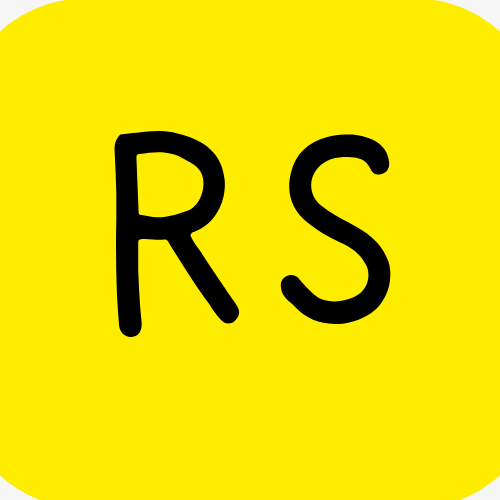What is The Meter?
Meter refers to the underlying rhythmic pattern created by the arrangement of stressed and unstressed syllables within a line (or sometimes the entire poem). It’s like a musical blueprint that dictates the poem’s flow and adds a layer of structure.
What Makes the Meter?
Every word contains syllables, and some syllables are emphasized (stressed) when spoken aloud, while others are pronounced with less emphasis (unstressed). For instance, in the word “believe,” the first syllable (“be”) is stressed, while the second syllable (“lieve”) is unstressed.
A meter is created by combining stressed and unstressed syllables into specific units called feet. There are various types of feet, each with its own pattern of stressed and unstressed syllables.
For example-
Iamb (unstressed, stressed): da-DUM (the most common foot in English)
The Prince of Cumberland! that is a step
On which I must fall down, or else o’erleap,
-Macbeth, Shakespeare
You can check out here to learn more about feet.
Building Blocks Of Meter:
The meter of a poem is determined by the number of feet in a line. So, If you want to know about what type of meter is being used, you have to know about two things-
- The number of syllables per foot.
- The stressed and unstressed syllables or Feet.
1. The Number of Syllables per Foot:
- Monometer (One Syllable per Foot): This meter is very rare in English poetry due to the difficulty of creating natural-sounding lines with only one syllable per foot.
- Dimeter (Two Syllables per Foot): This meter can be used for a quick, choppy rhythm. Example: “Tic-toc, tic-toc” (Trochaic dimeter)
- Trimeter (Three Syllables per Foot): This meter offers more flexibility than dimeter and can create a variety of effects depending on the type of foot used.
- Tetrameter (Four Syllables per Foot): This is a common meter used in many traditional forms like ballads and hymns. It provides a balance between movement and stability.
- Pentameter (Five Syllables per Foot): This is another widely used meter, particularly in forms like sonnets and blank verse. It offers a sense of grandeur and formality.
- Hexameter (Six Syllables per Foot): This meter is most famous for its use in epic poems like Homer’s Iliad and Odyssey. It creates a long, flowing line.
- Heptameter (Seven Syllables per Foot): This meter is less common but can be used for a more complex and stately rhythm.
2. Type of Foot:
- Iamb (da-DUM): This is the most common metrical foot in English poetry. It reflects the natural stress patterns of many English words.
- Trochee (da-DUM): This foot creates a bouncy or marching-like rhythm.
- Anapest (da-da-DUM): This foot has a lilting or galloping feel.
- Dactyl (da-DUM-da): This foot is less common but can create a sense of movement and urgency.
- Spondee (DUM-DUM): This foot emphasizes strength or weight due to its two stressed syllables.
Types of Meter:
Now that you know the building blocks, let’s explore some common meter types:
- Iambic Pentameter: The undisputed champion, this meter features five iambs per line (da-DUM, da-DUM, da-DUM, da-DUM, da-DUM). It creates a flowing and stately rhythm, often used in sonnets and other formal poems.
On which I must fall down, or else o’erleap,
-Macbeth, Shakespeare
- Trochaic Tetrameter: This meter utilizes four trochees per line (DUM-da, DUM-da, DUM-da, DUM-da). It has a bouncy and energetic feel, often found in ballads and children’s rhymes.
Double, double toil and trouble;
-Macbeth, Shakespeare
- Dactylic Hexameter: Less common in English poetry, this meter features six dactyls per line (DUM-da-da, DUM-da-da, DUM-da-da, DUM-da-da, DUM-da-da, DUM-da-da). Its long lines create a grand and epic feel, often used in classical poems like Homer’s Iliad and Odyssey.
- Anapestic Trimeter: This meter features three anapests (da-da-DUM) per line. It has a galloping rhythm, often used in narrative poems or poems with a sense of urgency.
- Common Meter: This isn’t strictly a meter based on stressed and unstressed syllables, but a specific rhyme scheme used in hymn and ballad poetry. It alternates lines of eight syllables (tetrameter) with lines of six syllables (trimeter), often with an ABAB rhyme scheme.
These are just a few examples, and there are many other types of meter out there. As you explore poetry, you might encounter meters with different foot combinations, variations within lines, or even poems that break free from meter altogether (free verse). But understanding these common types will equip you to recognize the rhythmic patterns and appreciate the music within poetry.
